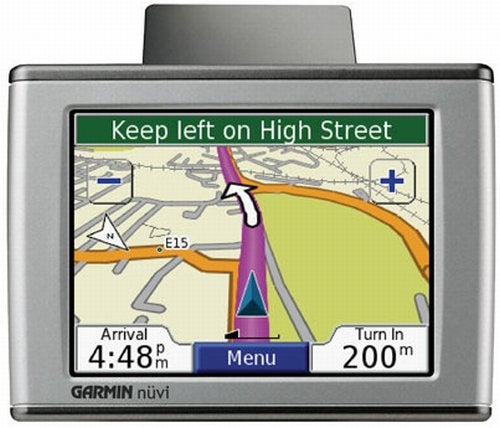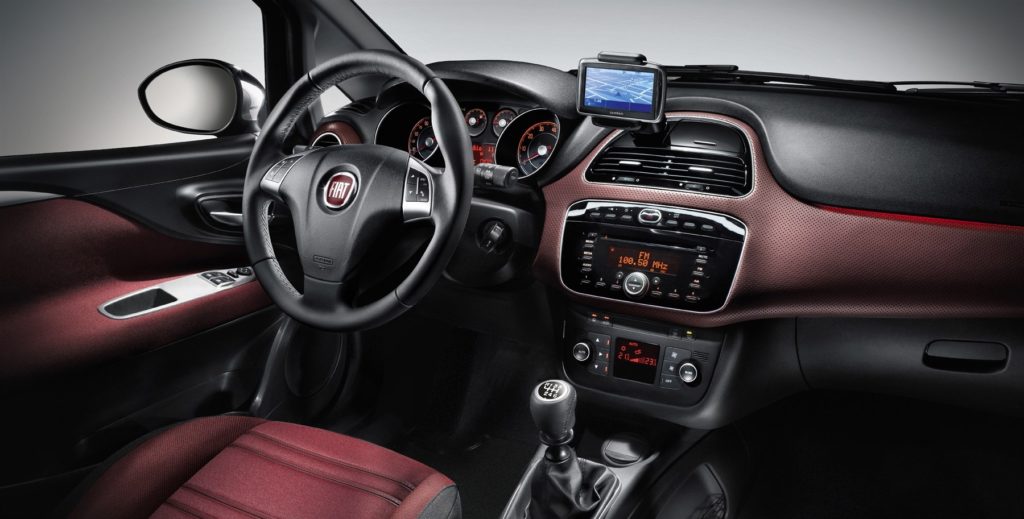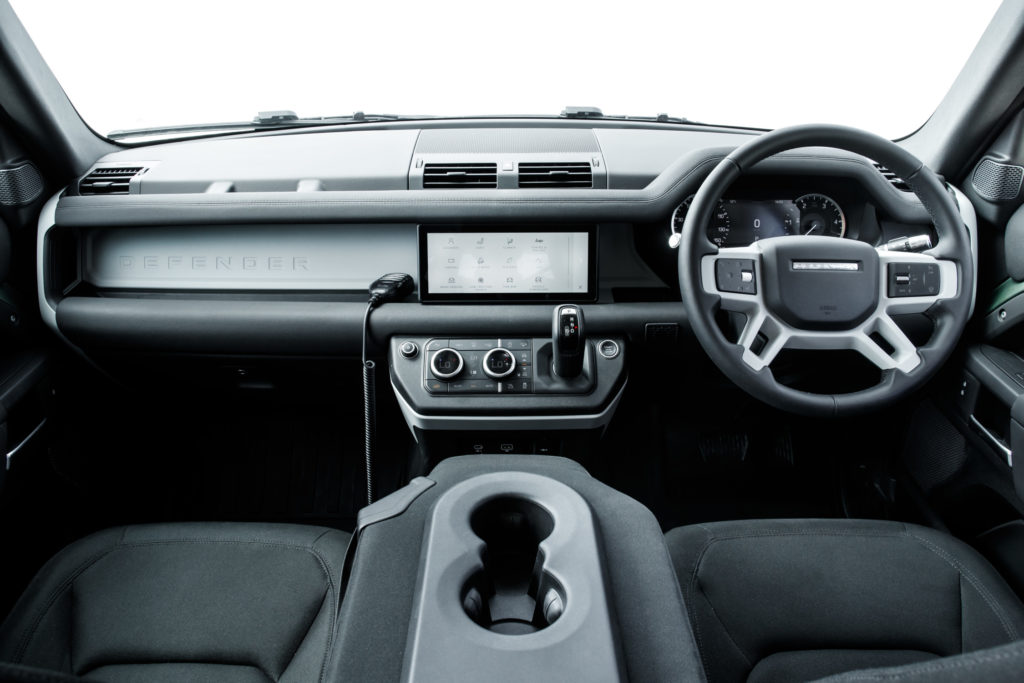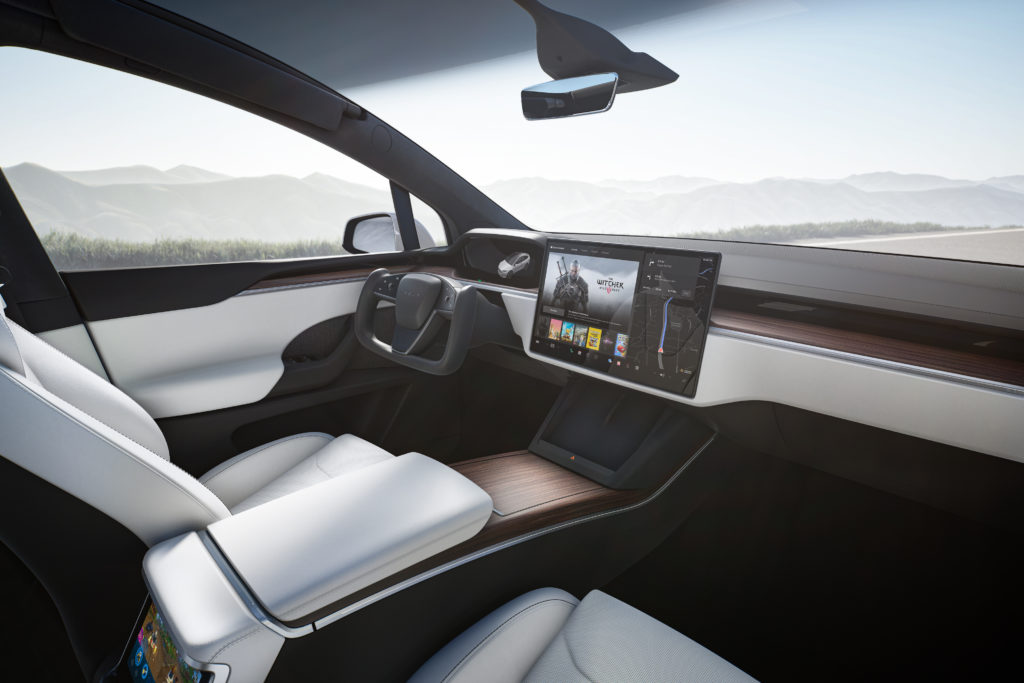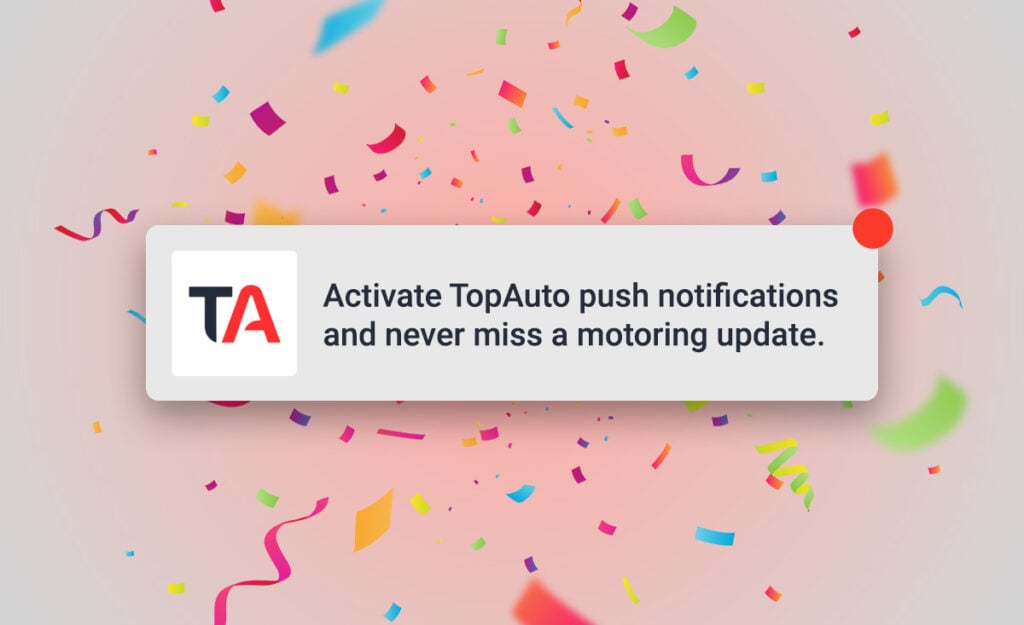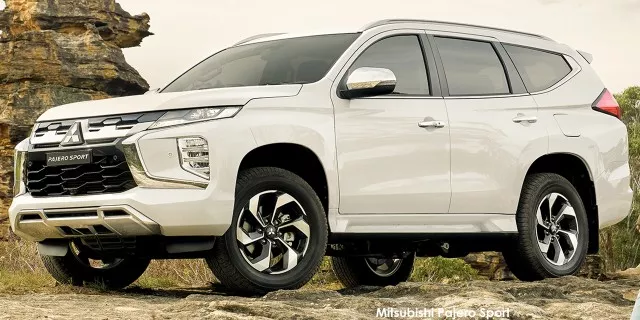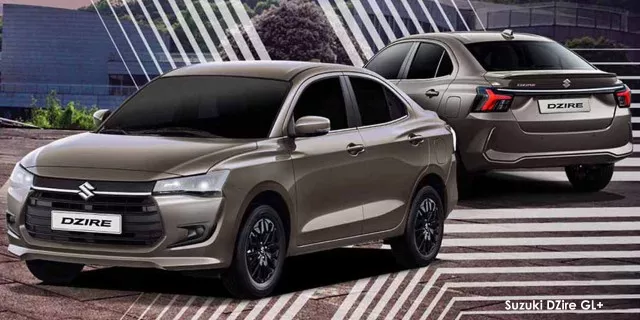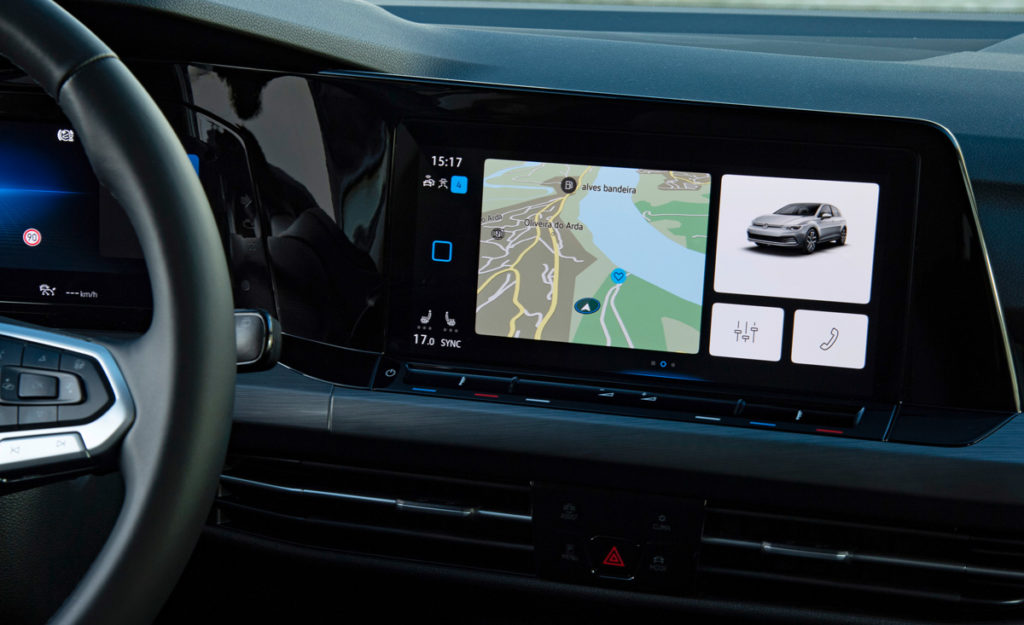
Nowadays your destination is a couple of finger taps and a bit of friendly voice guidance away – something which is often taken for granted.
Not that long ago, however, navigating when driving involved physical maps and a notepad.
This all changed thanks to the Global Positioning System (GPS) that works through 32 satellites orbiting earth.
Below, we take a look at how in-car navigation systems have evolved in recent decades.
Standalone navigation units
In 2021, Garmin is better known for its sports and fitness watches than stand-alone navigation units – but at the turn of the century, these were the most modern GPS navigation units on the market.
Flip out the antenna, wait for satellites to be acquired, and hope that the point of interest you were navigating to hadn’t changed since the annual software update.
The devices were costly at the time – averaging around R2,000 – but were considerably cheaper than in-dash car systems.
In-dash navigation
One of the earliest in-car – and affordable – navigation units was offered by VW in the 2002 Polo, Golf, and Jetta IV.
It was around R5,000-R8,000 as an option.
The system was considerably cheaper than large-screen navigation units, but input was fussy and the guidance was nothing more than a voice and a small arrow in the dot-matrix monochrome display next to the radio station name.
Multifunction screen
Through the mid-2000s, luxury sedans were offering 7-inch multifunction screens – but in many cases, navigation was an option.
These systems usually relied on a dedicated DVD player or SD-card port to function, too, which was expensive.
As maps were updated, new updates had to be purchased through the dealer and loaded into a media slot.
Due to the high costs, very few were ever updated and are now basically obsolete.
Plug-in standalone
Fiat was one of the first mainstream carmakers to provide a built-in port which allowed a TomTom navigation unit to be plugged into the car.
These cars were also the first to feature a USB port with a Windows-based integration system.
It hinted at car makers acknowledging that customers wanted choice.
As they later found out, providing choice meant that Google and Apple would win the map wars.
Android Auto and Apple CarPlay
A car’s built-in touchscreen with Android Auto and Apple CarPlay support is almost ubiquitous nowadays.
Drivers have the choice of the platform they want to use, and the iOS and Android operating systems heavily dominate the mobile market.
Both smartphone integration systems allow for a choice of in-car navigation options, while higher-end models have their own built-in mapping solutions, too.
Multiscreen
Luxury cars have gone above and beyond everything listed so far by providing the option to use your preferred mapping service via smartphone mirroring on a choice of screens.
With virtual cockpits, multiple customisable screens, and direct always-on connectivity to a data service, these systems are always up-to-date.
Vehicles like the Volvo XC60 and Land Rover Defender are great examples of this.
Autonomous motoring
Despite how easy it is to use modern navigation systems through providers like Google, the future is pointing towards drivers not needing a map at all.
Advances in autonomous driving now allow a driver to simply select their final destination, and then sit back while the car does the rest.
An autonomous car will take you to your destination, while you remain distracted by large screens playing your favourite series on Netflix.
